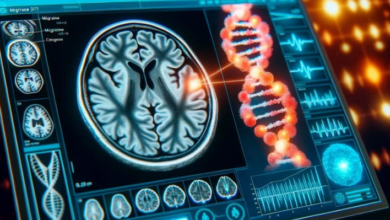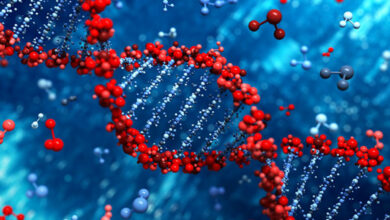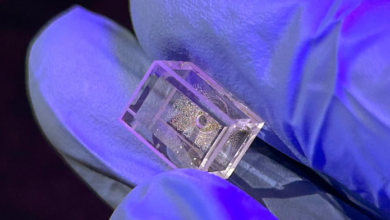Scientists Confirm ‘Third State’ of Existence Beyond Life and Death

In a groundbreaking study, researchers have proposed the existence of a “third state” of being which challenges conventional definitions of life and death, Earth.com revealed in an article on Tuesday.
This phenomenon occurs when cells from deceased organisms continue to function and even develop new capabilities post-mortem.
Led by Professor Peter Noble from the University of Washington and Alex Pozhitkov from the City of Hope National Medical Center, the study published in the journal Physiology suggests that these cells can transform into new multicellular life forms when provided with nutrients, oxygen, and biochemical signals. The implications of this research could redefine legal death and open new avenues in regenerative medicine.
Traditionally, life and death have been viewed as opposites. However, the emergence of these new cellular functions from dead organisms introduces a complex layer to our understanding of biological existence. For instance, skin cells from dead frogs have been shown to spontaneously form “xenobots,” living machines capable of movement and material collection. Similarly, human lung cells can self-organize into “anthrobots,” which display remarkable healing abilities and self-repair mechanisms.
The researchers emphasize that the ability of cells to enter this “third state” is influenced by various factors, including environmental conditions, energy availability, and the biological characteristics of the organism. They suggest that these findings could lead to innovative treatments, such as the development of anthrobots from a patient’s own tissue to deliver medications safely within the body.
This research not only highlights the adaptability of cells but also opens unexplored frontiers in biology. The potential for creating biodegradable, self-renewing cellular machines could revolutionize medicine and provide insights into the physiological limits of life.





